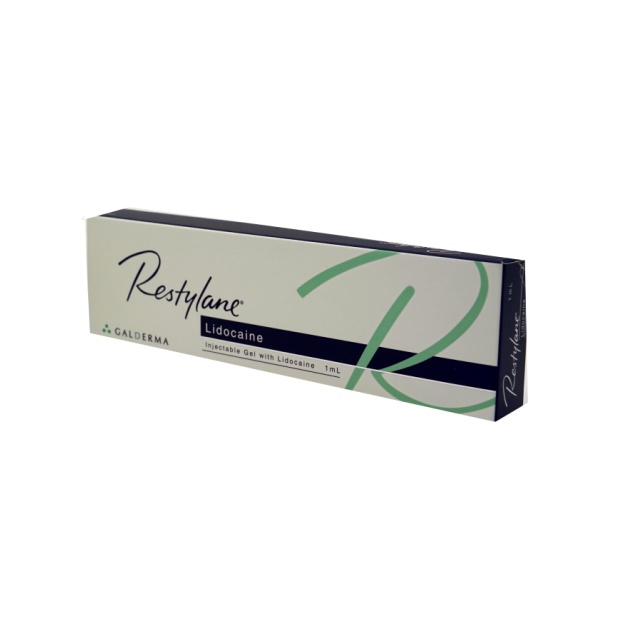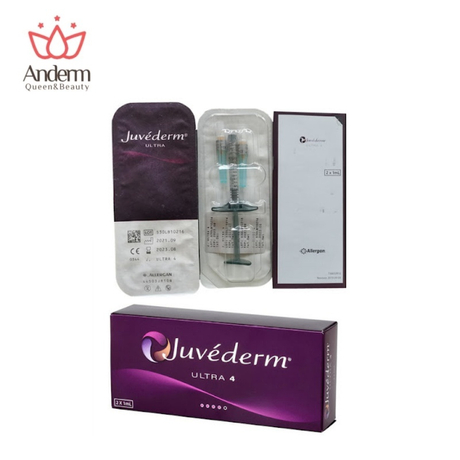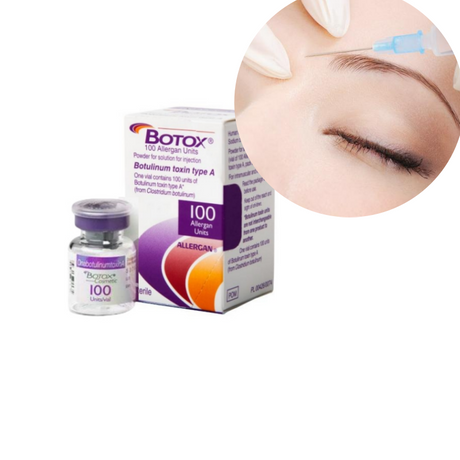

What is Restylane Lidocaine?
Restylane Lidocaine, a hyaluronic acid-based injectable product manufactured by Galderma Laboratories, offers high lift capacity and is used to restore volume in patients. The product contains lidocaine, a medication used to alleviate the discomfort associated with injection treatments. Restylane Lidocaine is a stable, hyaluronic acid gel-based dermal filler containing 0.3 mg/mL of lidocaine, specifically formulated for pain relief.
Restylane Lidocaine is a hyaluronic acid-based dermal filler used to fill wrinkles and add localized volume.
The product contains lidocaine, which enhances comfort and reduces pain during injection.
It is suitable for correcting moderate to severe facial wrinkles and folds, as well as for adding volume.
Different versions, such as Restylane Lyft with Lidocaine, are designed for deeper implantation to correct more pronounced wrinkles and folds.
Prices vary by country and channel, but typically range from tens to over a hundred dollars/euro.
The product is often packaged in a glass syringe for easy on-site use and dosage control.
Developed by Galderma, it emphasizes high lift and stability, while also providing a comprehensive experience of pain relief.
A FAQ regarding the product's ingredients and usage is included to help users understand pain management and the injection process.
Key safety tips and common side effects of Restylane Lidocaine (hyaluronic acid injectable filler containing lidocaine). This information is based on product characteristics and typical usage experience. Please consult your doctor's prescription and product instructions for specific use.
Key Safety Highlights
Indications and Correct Positioning: For the correction of moderate to severe facial wrinkles and volume loss, combined with a local anesthetic for enhanced comfort. Correct injection site, injection layer, and dosage are crucial for safety.
Source and Quality Control: Authentic products from reputable manufacturers (such as Galderma) that comply with regional drug and device regulatory requirements and adhere to aseptic techniques and single-use principles.
Allergy Assessment: Hyaluronic acid fillers are generally safe for most people, but caution is advised for those with allergies to hyaluronic acid or the local anesthetic (lidocaine). Allergy history should be assessed before injection.
Cumulative Effects and Metabolism: Hyaluronic acid is slowly degraded in the body, and the volume effect gradually diminishes over time; long-term, irreversible tissue changes are generally not expected.
Infection Risk Management: All injections carry the risk of infection. Therefore, injections must be performed under sterile conditions, and strict disinfection and nursing procedures must be followed before and after injection.
Medical Compatibility: Use with caution or avoidance should be considered by patients during pregnancy, lactation, immunosuppression, active skin infections or inflammation, or vascular disease, and potential risk assessment should be performed by a physician.
Common side effects (mostly mild to moderate, transient, and typically resolve within hours to days)
Injection site reactions: redness, swelling, warmth, pain, tenderness, localized heat, and itching.
Subcutaneous manifestations: ecchymosis, pinprick indentations, localized induration or nodular sensations, typically resolving within a few days to a week.
Anesthetic-related discomfort: Lidocaine may cause numbness, tingling, or transient paresthesias, which typically resolve within hours.
Rare incidence of local vascular events: Extremely rare cases include vascular occlusion, skin necrosis, or nerve damage at the injection site, but the risk is extremely low when performed by an experienced professional and using strict anatomical positioning.
Specific risks compared to other fillers: Mild tenderness and localized swelling may occur, which are common filler injection reactions.






















